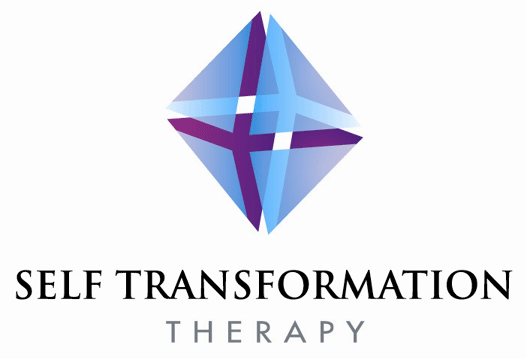|
|
What is Self-transformation Therapy?
|
Self-transformation Therapy is a new therapy created by Andrew Quinn, which is based on Kabbalah's Psychological Tree of Life. It is inclusive of all schools of psychological theory, making it relevant to all levels of struggle and confusion - that is, stress management, relationship problems and existential issues/life crises.
Self-transformation Therapy describes how our psychological issues are based on the fact that our masculine and feminine psychological energies have been split during childhood. Kabbalah's Tree of Life clearly teaches that we need to use both the masculine and feminine energies together in order to manage life's challenges and maintain our equilibrium.
If our masculine or feminine psychological energies are split, then it produces our shadow side. This is derived from displaying too much masculine energy, producing the masculine shadow, or too much feminine energy, producing the feminine shadow. These can be summarised as follows:
|
 |
|
|
|
Triad of the
Tree of Life
|
Masculine Shadow
|
Feminine Shadow
|
|
|
Over-analytical with control of feelings, from a task-focused state of being
|
Lacking self-control of feelings leading to irrational thinking, from an overwhelmed state of being
|
Heart Triad
Intimate love
|
Hiding identity behind a detached wall which can be defended by anger and criticism, which leads to controlling the other
|
Shifting identity due to fear and guilt, adapting your identity to the other’s needs and criticisms, leading to feeling controlled by others
|
Spiritual Triad
Meaning & life purpose
|
Using only logical reasoning and only having belief in what can be scientifically proven. This risks not giving credit to the opinions of others.
|
Able to intuit your own beliefs in life, but lacking self-belief, causing a person to give the opinions of others more importance.
|
|
This splitting of masculine and feminine energies is due to the challenge during childhood to grow and develop into a separate individual, while maintaining close ties with others - most significantly our parents. This can be thought of as learning to negotiate the boundary of 'self and other'. In other words, how do we look after our own needs versus the needs of others, and do we believe in our own self-worth or put more faith in the opinions others have of our self-worth.
We typically sacrifice parts of who we are in order to keep this balance. The problem is that the more of ourselves that we sacrifice, the more of a negative self-image we develop, and the less integrated we are psychologically. This occurs, as our fears generate the ego's needs to control in order to keep anxieties and insecurities at bay. This sets us up for future difficulties with managing stress and responsibility, in having loving and healthy relationships, and creating a fulfilling and productive life.
The psychological Tree of Life has a shadow side, which is summarised in the table above. The ego triad depicts how we can become too task-focused or overwhelmed in response to stress. It is important to be able to flow and manage stress in order to be present-centred to enjoy your everyday experiences.
|
In the heart triad, relationship issues develop when ego dynamics of control lead to one person tending to dominate (masculine shadow) while the other submits (feminine shadow). The person in the masculine shadow position hides their identity behind a detached wall, which is defended by anger and criticism. This enables them to hide their shadow side in order to feel secure that those parts of themselves remain hidden, which they are not proud of or judge as weak or pathetic. However, the other person typically occupies the feminine shadow position, and does not have the same capacity to control and hide their emotions. Instead, they tend to shift their identity by adapting to the opinions and needs of others, risking self-neglect, which is draining.
These dynamics occur as the ego views the world from a perspective of self VERSUS other, meaning we compete for our needs, whereas the heart views the world from a perspective of self AND other. Love considers both self and other, which allows intimacy to develop, as well as the capacity for assertive and honest communication.
In the Higher Self or spiritual triad, we need to use both our feminine intuitive side to receive our own inspiration and wisdom, which is often experienced as 'light-bulb' moments. We then need to use our masculine logical side to define our intuition, in order to discern that we are not misinterpreting our gut-feelings through the effects of fear or desire. If we are able to hear the quiet voice of our intuitive inner guidance, by quietening the stress and chaos of our lives, then this voice will be a vital source of comfort and guidance.
|
 |
In summary, Self-transformation Therapy allows a person to identify their patterns of imbalance, which can be balanced by the energy of the opposite psychological sex. Importantly, these lessons are learnt through the development of our relationships, as we typically join with another person of the opposite psychological sex. This allows us to re-integrate what we sacrificed or repressed as a child. Not surprisingly, we replay our childhood dynamics with our partner, even though this can be hard to see at times. However, this is an important opportunity to resolve unmet childhood needs through self-responsibility and developing who we are.
Further details of Self-transformation therapy are available in the two-book set available from the homepage.
|
|
|



